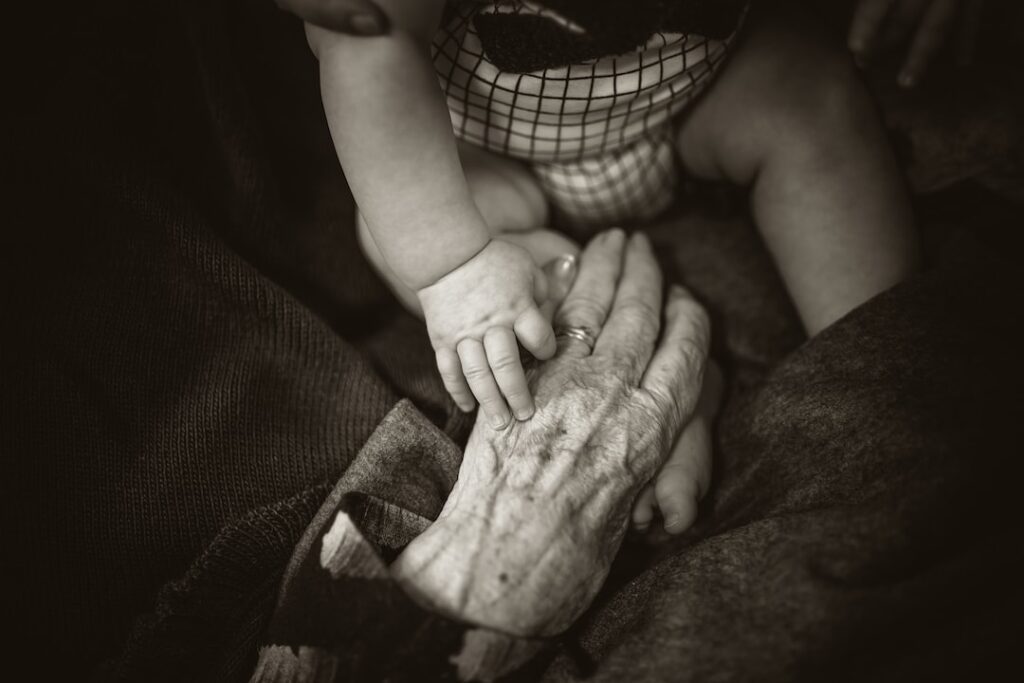Understanding the Age of a Fawn: A Guide for Wildlife Enthusiasts
Have you ever come across a young fawn in the wild and wondered about its age? Understanding the age of a fawn is not only fascinating but also crucial for ensuring its well-being. In this comprehensive guide, we will delve into the various methods for determining the age of a fawn, discuss the significance of this knowledge, and explore how you can apply this information in your interactions with wildlife.
Surprising Statistics on Fawn Population
Before we delve into the methods of determining a fawn’s age, let’s take a moment to consider the significance of understanding the age demographics of fawn populations.
– In the United States, over 2 million fawns are born every year during the peak fawning months.
– Did you know that the fawn mortality rate in the wild can be as high as 60% in certain regions?
– Understanding the age distribution of fawns can provide valuable insights into the health and sustainability of local deer populations.
As we explore the methods for determining a fawn’s age, keep these statistics in mind and consider the impact of accurate age assessment on wildlife conservation efforts.
Understanding Fawn Development
Physical Markers
– Fawns are usually born with white spots on their reddish-brown coat, which helps them blend into their environment.
– The structure and appearance of these spots can change as the fawn grows, providing clues about its age.
Behavior
– A fawn’s ability to stand and walk steadily develops within the first few hours of birth.
– Observation of the fawn’s behavior, such as its mobility and interaction with its surroundings, can also offer insights into its age.
Dental Development
– Like humans, deer go through distinct stages of dental development as they age.
– Examining the fawn’s teeth and the presence of milk teeth can be a reliable method for estimating its age.
How-To: Applying Your Knowledge
Now that we’ve explored the various methods for determining a fawn’s age, let’s discuss how you can apply this knowledge in your interactions with wildlife.
Wildlife Observation
– When observing fawns in the wild, use the physical markers and behavioral cues we’ve discussed to estimate their age discreetly. This can enhance your wildlife-watching experience.
Conservation Efforts
– Understanding the age distribution of fawns can contribute to conservation efforts by providing valuable data for wildlife management and population studies.
Safety and Well-being
– Knowing the age of a fawn can help you make informed decisions in situations where human intervention may be necessary, such as encountering an orphaned or injured fawn.
Summary
In conclusion, understanding the age of a fawn is not only an exciting aspect of wildlife observation but also a crucial skill for wildlife enthusiasts and conservationists. By familiarizing yourself with the physical, behavioral, and dental markers of fawn development, you can gain a deeper appreciation for these majestic creatures and contribute to their well-being in meaningful ways. So, the next time you encounter a fawn in the wild, take a moment to apply your newfound knowledge and marvel at the wonders of nature.











